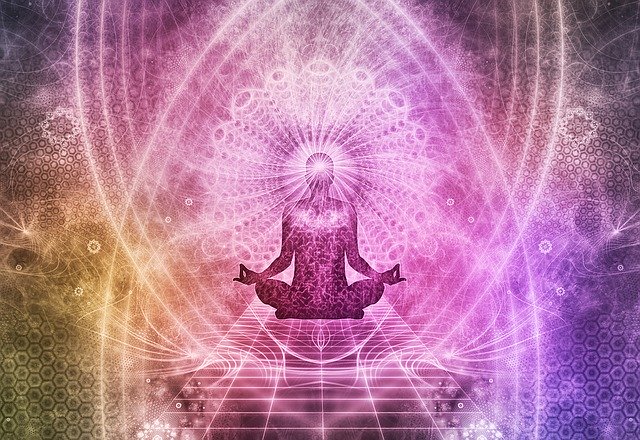
02 Jul The 3 Gunas (Yoga in Hounslow)
Lately at Sefali’s Yoga we have been looking at energy and energy management.
To further our understanding let’s look at the 3 gunas of nature.
The following is an extract from an article written by Timothy Burgin. You can read the full article by going here: https://www.yogabasics.com/learn/the-3-gunas-of-nature/
“In the philosophy of Yoga, all matter in the universe arises from the fundamental substrate called Prakriti.
From this ethereal Prakriti the three primary gunas (qualities of energy) emerge creating the essential aspects of all nature—energy, matter, and consciousness.
These three gunas are tamas (darkness & chaos), rajas (activity & passion), and sattva (beingness & harmony).
The awareness and conscious manipulation of the three gunas are a powerful way to reduce stress, increase inner peace and lead one towards enlightenment.”
The three gunas: Tamas, Rajas, and Sattva
Tamas is a state of darkness, inertia, inactivity, and materiality. Tamas manifests from ignorance and deludes all beings from their spiritual truths. Other tamasic qualities are laziness, disgust, attachment, depression, helplessness, doubt, guilt, shame, boredom, addiction, hurt, sadness, apathy, confusion, grief, dependency, ignorance.
Rajas is a state of energy, action, change, and movement. The nature of rajas is of attraction, longing and attachment and rajas strongly bind us to the fruits of our work. Other rajasic qualities are anger, euphoria, anxiety, fear, irritation, worry, restlessness, stress, courage, rumination, determination, chaos.
Sattva is a state of harmony, balance, joy, and intelligence. Sattva is the guna that yogis achieve towards as it reduces rajas and tamas and thus makes liberation possible. Other sattvic qualities are delight, happiness, peace, wellness, freedom, love, compassion, equanimity, empathy, friendliness, focus, self-control, satisfaction, trust, fulfillment, calmness, bliss, cheerfulness, gratitude, fearlessness, selflessness.
Working With the Gunas
The mind’s psychological qualities are highly unstable and can quickly fluctuate between the different gunas. The predominant guna of the mind acts as a lens that affects our perceptions and perspective of the world around us. Thus, if the mind is in rajas it will experience world events as chaotic, confusing and demanding and it will then have a strong tendency to continue to react to events in a rajasic way. Therefore, for yogis to make progress along the path we must practice self-observation and discernment to witness and not react to the activities of the gunas. We must also have the inner-strength and willpower to consciously shift our thoughts and actions away from tamas and rajas towards sattvic balance and purpose.
To reduce tamas avoid tamasic foods, oversleeping, overeating, inactivity and passivity. Tamasic foods include heavy meats and foods that are spoiled, chemically treated, processed or refined.
To reduce rajas avoid rajasic foods, over-exercising, overwork, loud music, excessive thinking and consuming excessive material goods. Rajasic foods include fried foods, spicy foods, and stimulants.
To increase sattva reduce both rajas and tamas, eat sattvic foods and enjoy activities and environments that produce joy and positive thoughts. Sattvic foods include whole grains and legumes and fresh fruits and vegetables that grow above the ground. All of the yogic practices were developed to create sattva in the mind and body. Thus, practicing yoga and leading a yogic lifestyle cultivates sattva.
All gunas create attachment and thus bind one’s self to the ego. While the yogi’s goal is to cultivate sattva, his or her ultimate goal is to transcend their misidentification of the self with the gunas and to be unattached to both the good and the bad, the positive and negative qualities of all life.”

No Comments